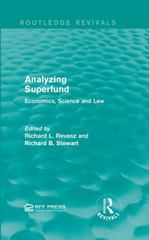Question
A consumer has the following utility function U (x 1 , x 2 ) = x 1 (x 2 + 4) Prices of the two
A consumer has the following utility function
U (x1, x2) = x1(x2 + 4)
Prices of the two goods x1 and x2 respectively are p1 and p2 and the consumer has income m. We assume that all prices and income are strictly positive. Furthermore, throughout this question we assume that m > 4p2.
Consumer expenditure data in developing countries show that individuals
- spend more than half of their income on food
- proportion of income spent on food declines as income increases.
(i) Can either of the two goods - x1 or x2 - represent food? Explain your answer.
(ii) Compute the missing values of elasticities in the following table assuming M=10,p1 =2, and p2 =1.
| x2 | |
| Income elasticity | |
| Absolute value of own price elasticity | |
| Cross price elasticity |
(iii) While x2 is produced locally, x1 is transported from a different region. Assume p2 = 1. Building a new railroad (that connects the regions) will reduce transportation cost which in turn will reduce the price of good 1 from p1 = 2 to p1 = 1. Railroad will be funded by taxes which will reduce each consumer's disposable income from m = 10 to m = 10 - T. A utility-maximizing consumer will accept higher taxes as long as
T _____________.
Step by Step Solution
There are 3 Steps involved in it
Step: 1

Get Instant Access to Expert-Tailored Solutions
See step-by-step solutions with expert insights and AI powered tools for academic success
Step: 2

Step: 3

Ace Your Homework with AI
Get the answers you need in no time with our AI-driven, step-by-step assistance
Get Started


